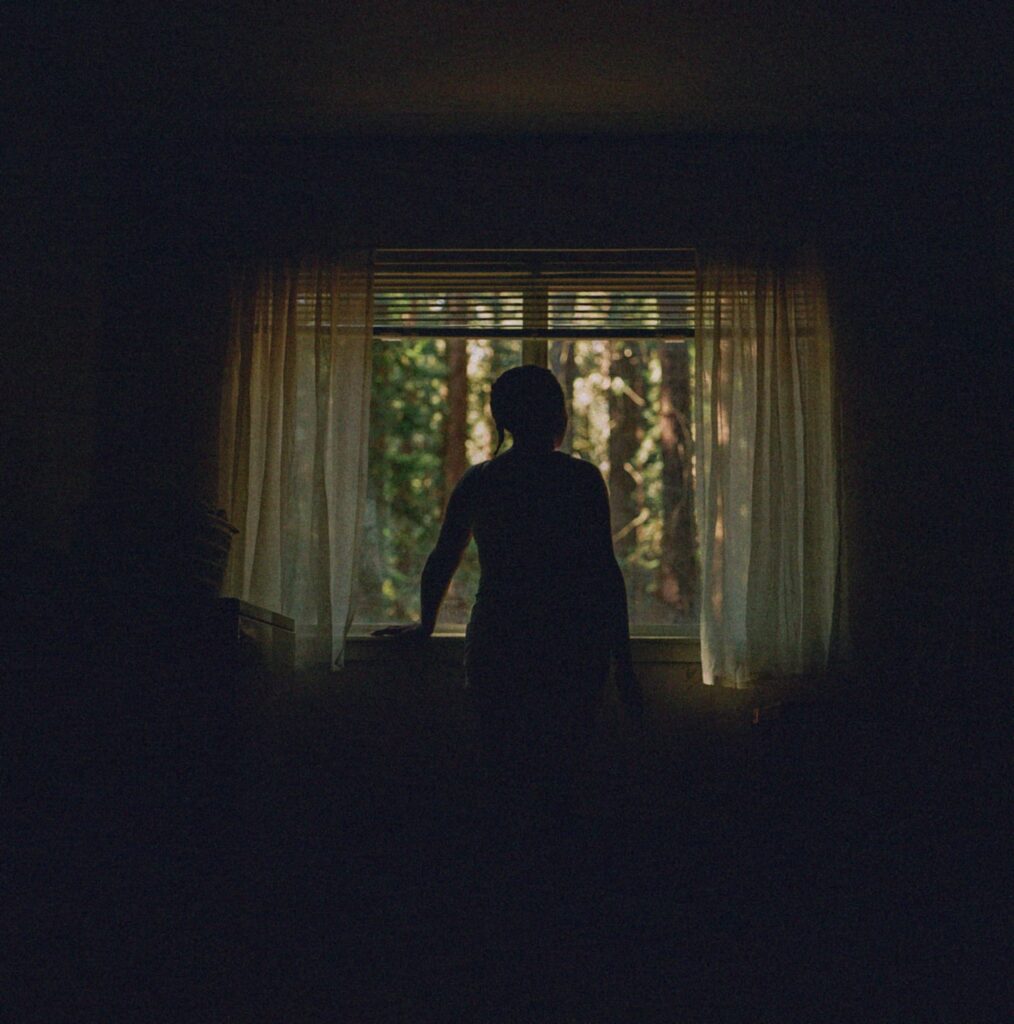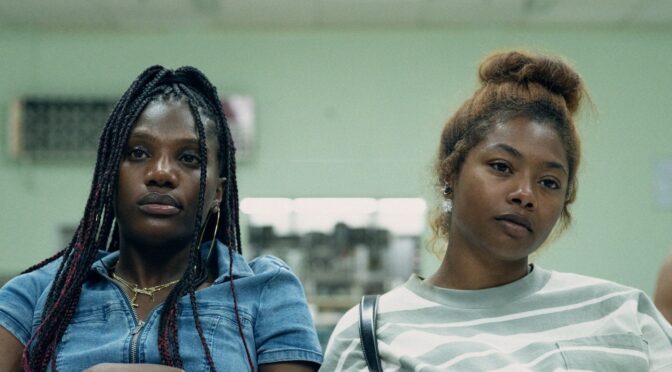Article by Giorgia Andrea Bergamasco
Translation by Eleonora Torrisi
The topic of motherhood has been and still is often addressed in cinema through the most diverse perspectives and sensibilities. Anglo-American filmmaker Savanah Leaf’s approach stands out in the contemporary landscape for its unique freshness and delicacy, making her Earth Mama – based on the short documentary The Heart Still Hums, co-directed with Taylor Russell – an extraordinarily powerful debut feature film.
The story of Gia (Tia Nomore), which we closely follow, shows the difficulties that, in many cases, make motherhood a dramatic experience: the fact that the main character is a black woman living in poverty and social marginality provides an opportunity to portray a specific and multifaceted reality – one that remains silent and unknown to most. More specifically, the director emphasizes the inhumanity of the U.S. foster care and child welfare system towards black women, who are accused of failing as women and mothers, as if given by a rule, if not wished for. An ensemble of women unfolds around Gia as they intertwine their lives with hers. They all embody different types of motherhood or womanhood sharing the same desperate need to find their place in a world from which they find themselves completely cut off.
The strong female presence behind Earth Mama – Savanah Leaf is film director, screenwriter and producer – made it possible to shape a narrative in which judgment about the topic at hand is completely absent. The protagonist walks, breathes, chooses, lives before the viewers’ eyes in all her humanity. That’s why the portrayal of a woman facing motherhood appears as genuine as it rarely is: there is room for fear and for mistakes, for fragility and uncertainty.

The narrative moves in parallel on two levels. At first, Gia’s life is almost shown from the outside: in fact, her figure often fills only a small part of the frame in front of a clear and clean background to represent her isolation. Afterwards, we see the gradual exposure of her pain through a series of sequences in which her face is filmed at such close distance that every micro-expression is captured.
The deeply evocative soundtrack, the static shots, and the slow pace ensure that, albeit gently, a perceptible layer of anxiety and unease builds up during the film.
The moments of calm take the form of dream sequences in which Gia’s story is paradoxically stripped of everything superfluous and brought back to the start of it all: the mythical-natural imagery of the ocean and the forest represent here the primordiality and innate power of maternal feelings.

